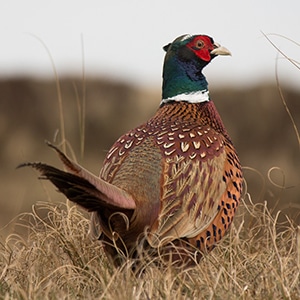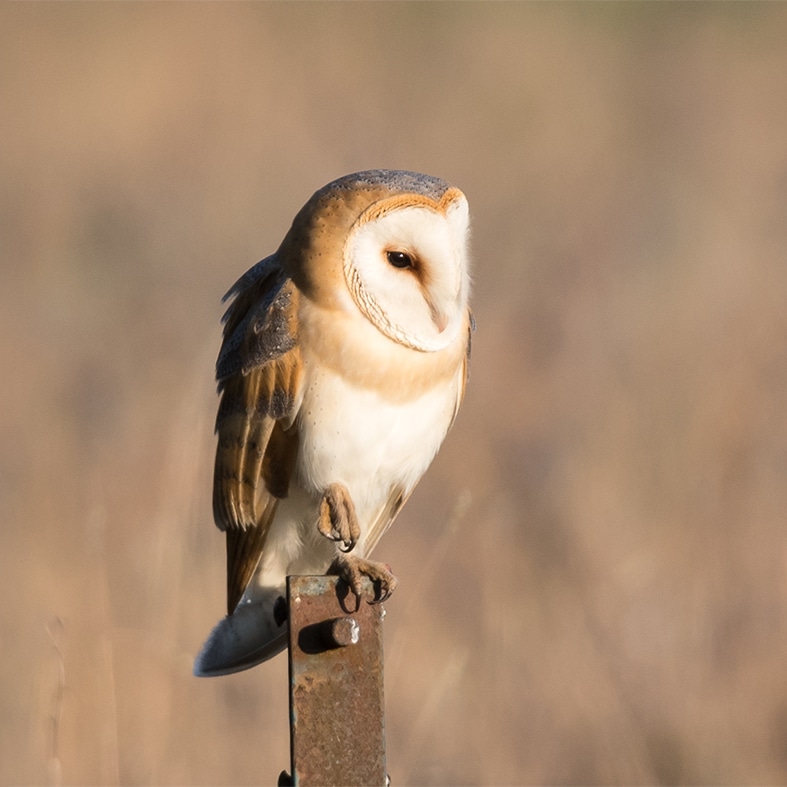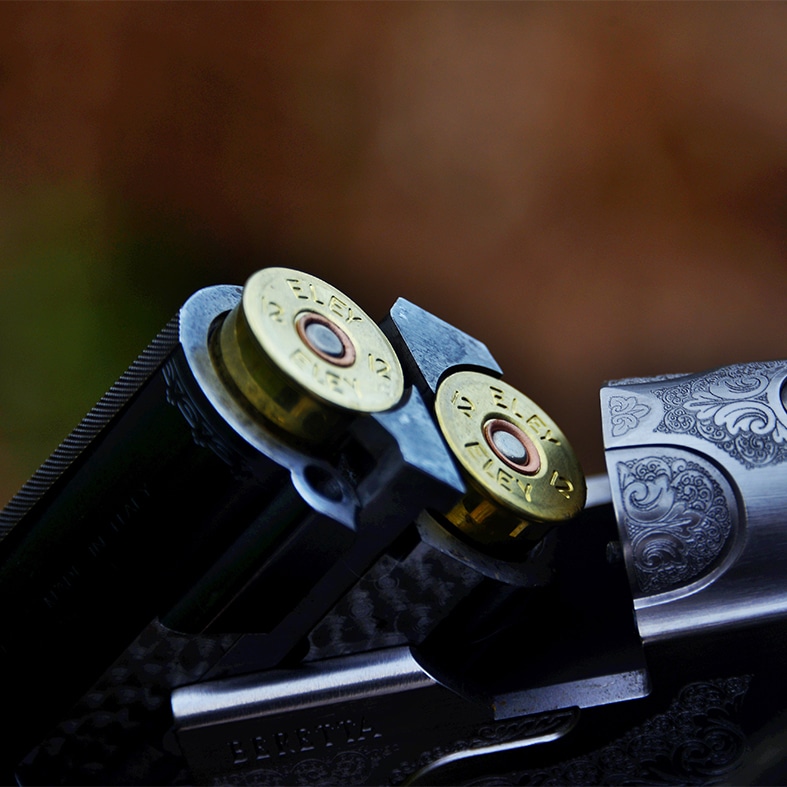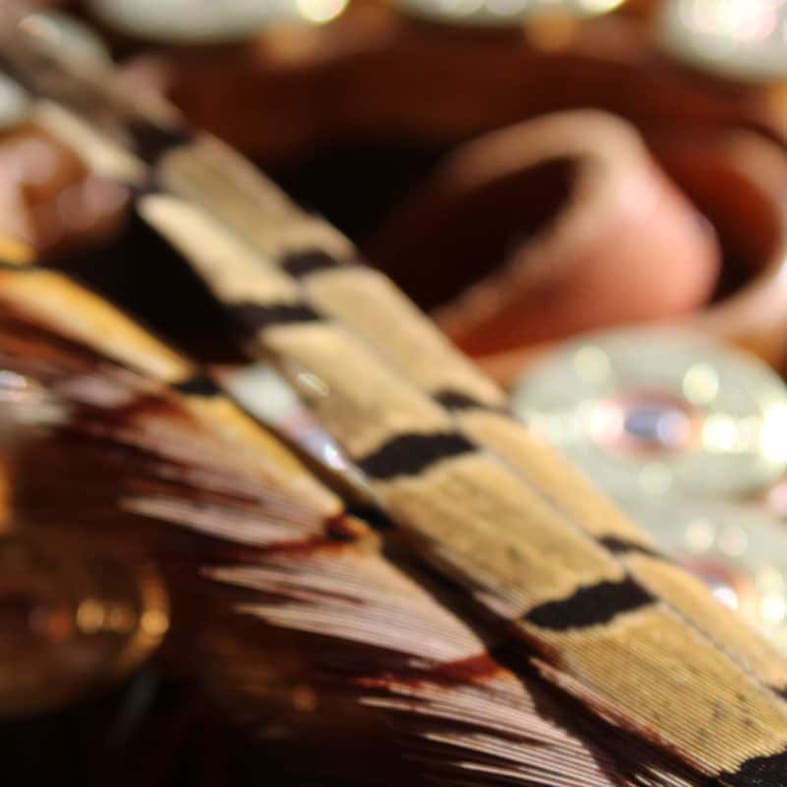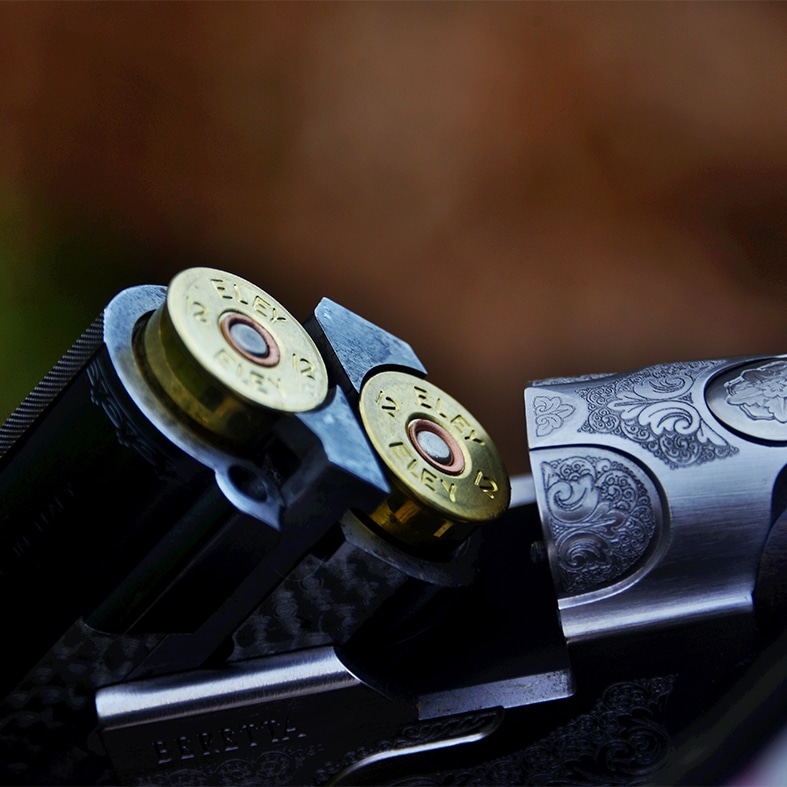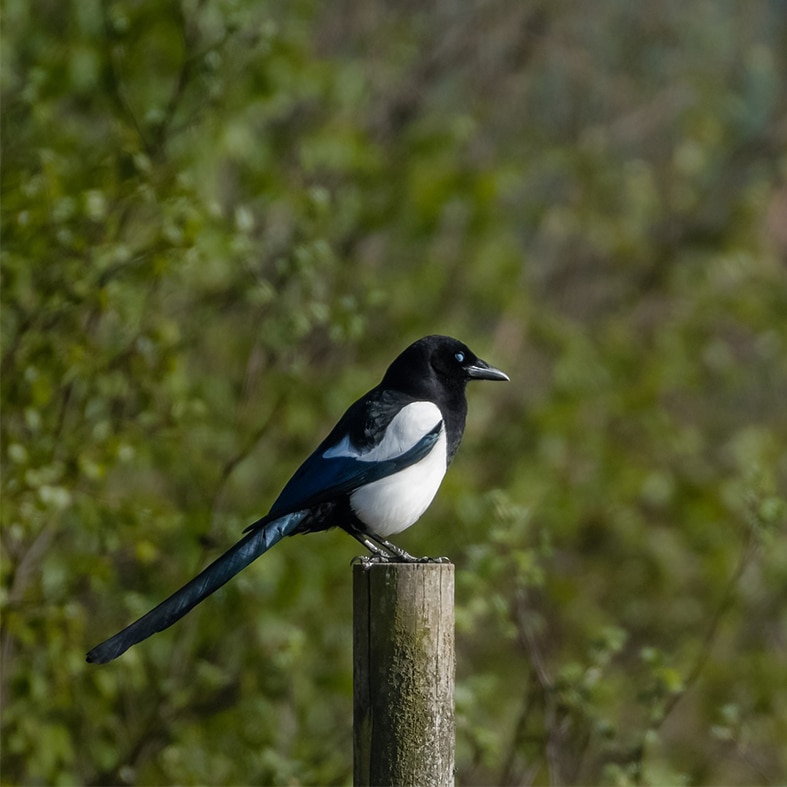Science and research
Find out more about the research we’re involved in that affects people, wildlife, habitats and industries.
People, wildlife, habitats and industries...
Current research
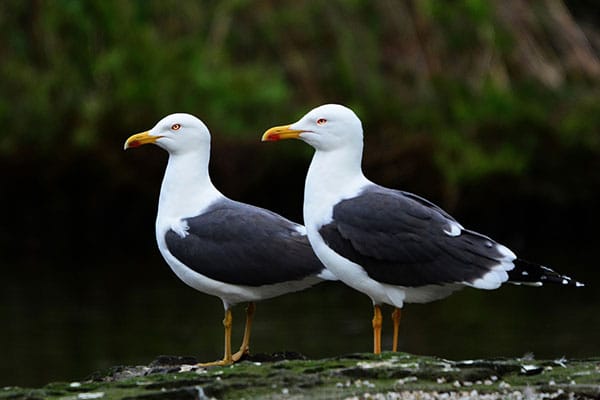
Review of evidence on the impact of gulls on wild birds in the UK
There is very little evidence of gull predation on ground-nesting birds and this review will help us identify areas to research.
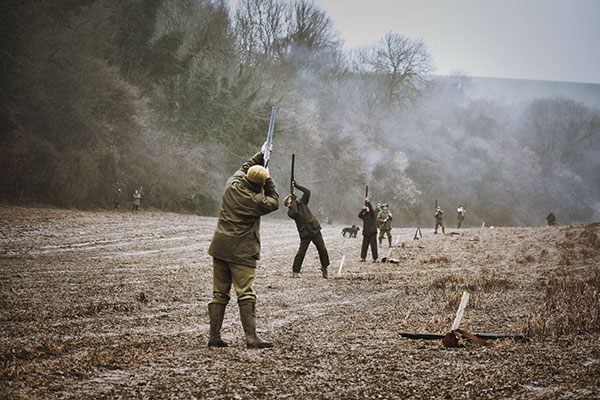
How economically viable is late-season shooting?
Released game bird numbers decline throughout the season, making end-of-season shooting more unpredictable.
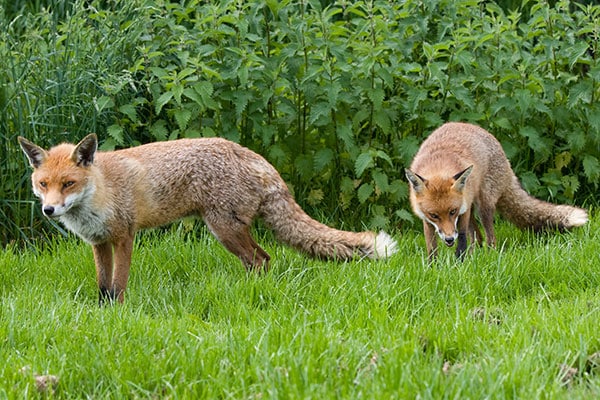
Assessing the relationship between foxes, game birds and predator control
We investigate the suggestion that gamebird release supports high fox population densities.
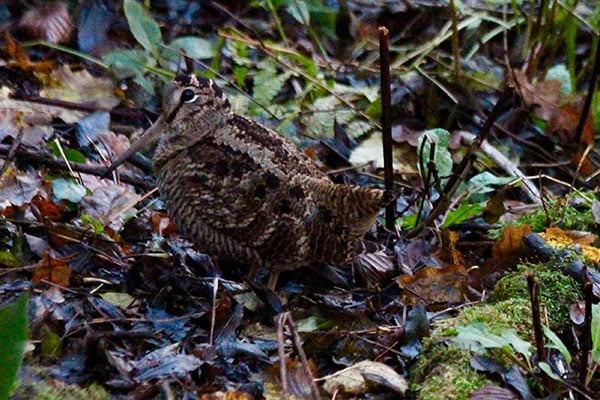
Learning more about breeding woodcock populations in Northern Ireland
Given that British woodcock populations are declining, it is important to understand the population in Northern Ireland.
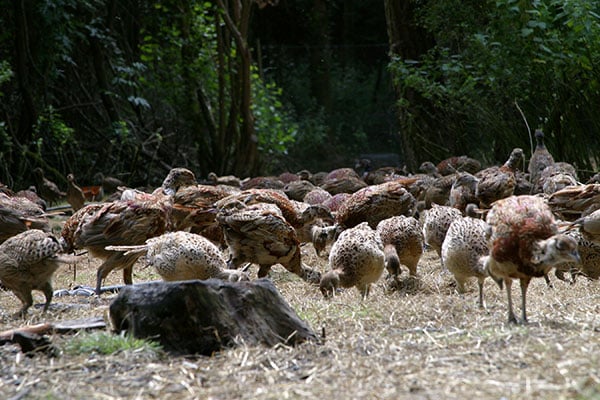
Understanding game bird dispersal and survival following release
This work will provide a better insight into where reared birds go after their release and could help keepers better manage their birds.
For the shooting or harvesting of wild birds to be sustainable, there must be a surplus of birds to shoot. This study assessed the population sizes of birds and game bag sizes to document the sustainability of harvest.
This study used game bag data and population models to estimate if wild bird population growth was still possible given the hunting pressure they experienced. The study suggested that shooting is not a major factor impacting waterbird population trends in the UK. However, better policy and adaptive frameworks are required to ensure continued sustainable harvest.
This information will be used in reviews of UK quarry species and the impact of hunting on their population trends, feeding into policy and management creation.
Ellis, M.B & Cameron, T. (2022). An initial assessment of the sustainability of waterbird harvest in the United Kingdom. Journal of Applied Ecology.
Information about the age and sex of birds shot can be collected from carcasses. It can tell us a lot about bird populations and shooting behaviours. We currently collect wings, posted to us by members, however, it may be possible to increase the data submitted by using photographs.
Wildfowlers can collect vital information on long-term duck population demographics by submitting wings of shot birds to researchers. BASC and WWT have been collecting wings since 1965, however, the storage and cost of submitting physical wings can reduce participation.
This study tested the effectiveness of using photographs of wings to gather data and found species and sex were easily determined from photos. However, further software development or process is required to enable the ageing of wings in this way.
The findings from this study will inform the way that we develop more accessible, reliable digital tools, such as apps, to identify the wings of shot birds.
Ellis, M.B., Warrender, H.E. & Brides, K. (2021). Assessing the use of digital photographs for the determination of duck species, age and sex. European Journal of Wildlife Research.
Disturbance is seen as a major threat to wild birds across the UK, however, it is hard to measure. This study looked at different recreational activities and where wildfowling sat within these forms of disturbance.
A PhD candidate with Bournemouth University investigated the disturbance of Eurasian wigeon and brent geese on the Exe estuary. The study found major overlaps in the use of the estuary by humans and these species where there was food availability for wildfowl and site accessibility for humans.
However, where there were overlaps, disturbance for brent geese and wigeon only occurred 6% and 5% of the time respectively. Pedestrians caused the greatest disturbance in energy costs for both species whereas wildfowling was found to be one of the least disturbing activities experienced.
This research adds to our understanding of the impact of hunting disturbance compared to other activities that are undertaken around wildfowling sites.
Biermann, L. (2020). Assessing the impacts of human disturbance on wildlife: Insights from wildfowl on the Exe Estuary. PhD Thesis, Bournemouth University.
The BASC wing survey encourages members to post wings from shot birds to help us describe the population’s age and sex structure. This data can tell us a lot about species populations as well as human behaviour surrounding what is shot and when in the season. We would like more people to get involved and this work tried to understand why people would or would not participate.
BASC members were surveyed to identify their motivations and barriers to taking part in wing surveys. Participants were motivated by the “contribution they were making to science” and to “protect the sport of wildfowling”.
However, storage of wings was a major blocker to participation alongside the limited number of species the survey included.
This research has helped to guide how BASC undertakes the wing survey and how it can be improved to increase participation.
Ellis, M.B (2020). Waterfowl hunters’ motivations and barriers to participation in a citizen science project. Wildfowl.
We want to understand if the members who reply to our surveys are a good representation of our membership as a whole.
Understanding our membership and member participation in our research is vital to BASC and how we evolve with changing priorities and interests. This study investigated the effect of age, gender and hunter engagement on responses to mail surveys sent to BASC members between 1997 and 2008.
This research helps us understand the demographics and survey participation by our membership and what demographic our views represent.
Ellis, M.B (2020). The impact of gender, age, and engagement on survey response timing: 10 years of data collection from UK hunters. Human Dimensions of Wildlife.
There was a need for one major report to bring together all evidence on gamebird release in the UK and highlight the gaps where further research is required.
BASC commissioned a rapid evidence assessment (REA) which was jointly funded by Natural England to look at the effects of releasing gamebirds on the habitats and wildlife of England.
The review identifies positive and negative effects that gamebird release can have as well as highlighting gaps in knowledge where future research would be beneficial.
This review was an important piece of evidence in Wild Justice’s judicial review of gamebird releasing on protected sites in England. Its findings allowed Defra to introduce light touch regulation of gamebird releasing on and around European protected sites in the form of General Licence 43.
It is important to understand how widespread this disease is within wild birds. BASC has been collecting data on cases of rice breast disease to help document its spread and increase awareness.
This research used questionnaires, online reporting, DNA sequencing and histological assessments to investigate the extent and impact of Sarcocystosis (rice breast disease) in wildfowl in the UK.
The study found the infection to be widely distributed throughout the UK and observed in at least ten species. Reports of cases have increased since the 2010/2011 season, suggesting increased prevalence and/or awareness by wildfowlers.
Muir, A., Ellis, M.B., et al. (2020). Sarcocystis rileyi in UK free-living wildfowl (Anatidae): surveillance, histopathology and first molecular characterisation. Vet Record.
Disturbance is seen as a major threat to wild birds across the UK, however, it is hard to measure. This study also looked at different recreational activities and where wildfowling sat within these forms of disturbance.
A PhD study into disturbance of wintering wildfowl on Poole Harbour found that walkers caused 100 times more disturbance than wildfowling. Furthermore, wildfowling accounted for just 0.04% of the disturbance activities on Poole Harbour and the impact was deemed so low that research predicted that there would be no impact on the survival of birds even if it was increased by 25 times.
This research adds to our understanding of the impact of hunting disturbance compared to other activities that are undertaken around wildfowling sites.
Collop, C. (2017). Impact of human disturbance on coastal birds: population consequences derived from behavioural responses. PhD Thesis, Bournemouth University.
By understanding the composition of our membership and their behaviour, we are able to better document the extent of wildfowling activity and the age groups we are both supporting and missing in the sport.
This study looked at the demographics (such as age and gender) of wildfowl hunters in the UK. Data was collected from BASC members and found that the average age of a wildfowler was 47.5 years old and 99% were male. Female wildfowlers were 39 years old on average.
Around a quarter of wildfowling club members went wildfowling at least once per season and an average of two birds were taken per trip.
This assessment allows us to monitor changes in behaviour and membership composition over time as well as identify broad behaviours and activities undertaken by the shooting community.
Ellis, M.B. (2014). A Profile of Waterfowl Hunting and Hunters in the UK. Human Dimensions of Wildlife.
Shooting wildfowl after long periods of poor weather is considered detrimental to birds and it was vital to develop a clear process to provide consistent guidance to hunters during these conditions.
BASC has been closely involved, along with the government and other conservation NGOs, in developing and implementing a process for defining severe weather and managing wildfowl shooting during these conditions. This study outlines and reviews the criteria for the UK severe weather process and reflects on its efficacy over the last 30 years.
Ellis, M.B (2012). Management of waterfowl shooting during periods of severe weather in the UK. Animal Biodiversity & Conservation.
